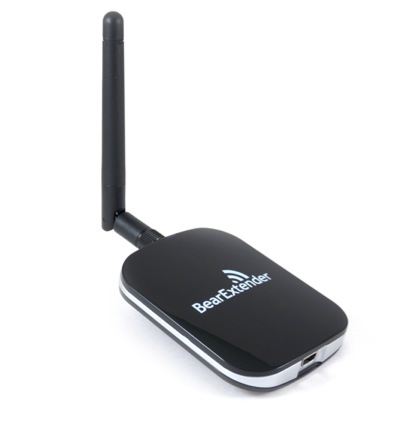
- Airport utility mac os 10.6 mac os x#
- Airport utility mac os 10.6 pro#
- Airport utility mac os 10.6 software#
Though I plan to run Safari in its default 64-bit mode, I'll really miss Saft, a Safari extension I use for session restoration (yes, I know Safari has this feature, but it's activated manually-the horror) and address bar shortcuts (e.g., "w noodles" to look up "noodles" in Wikipedia). But that may not be a feasible approach for Safari extensions that enhance functionality in ways not tied directly to the display of particular types of content within a webpage. Happily, at least one commonly used Safari enhancement has the good fortune to be built on top of the officially supported browser plug-in API used by Flash, QuickTime, etc. Though it is possible to manually set Safari to launch in 32-bit mode-Get Info on the application in the Finder and click a checkbox-ideally, this is not something developers want to force users to do.

A 64-bit Safari puts a damper on that entire market. Thanks to Safari's lack of an officially sanctioned extension mechanism, developers looking to enhance its functionality have most often resorted to the use of Input Managers and SIMBL (which is an Input-Manager-based framework). But now, with almost every application in Snow Leopard going 64-bit, it's suddenly very significant.
Airport utility mac os 10.6 mac os x#
That wasn't such a big deal when Mac OS X shipped with a whopping two 64-bit applications. They've actually been unsupported and non-functional in 64-bit applications since Leopard. This includes Input Managers, SIMBL plug-ins, and of course the dreaded "Haxies."
Airport utility mac os 10.6 software#
Back to my hackĪs has become traditional, this new release of Mac OS X makes life a bit harder for developers whose software works by patching the in-memory representation of other running applications or the operating system itself. Combined with MobileMe's "Back to My Mac" dynamic DNS thingamabob, it means I can leave all my Macs asleep and still have access to their contents anytime, anywhere. You can even wake some recent-model Macs over WiFi. When one occurs, it wakes up the original owner, hands back the IP address, and forwards traffic appropriately. (This only works with an AirPort Extreme base station from 2007 or later, or a Time Capsule from 2008 or later with the latest (7.4.2) firmware installed.) The router then listens for any attempt to connect to the IP address. When a Mac running Snow Leopard is put to sleep, it attempts to hand off ownership of its IP address to its router. Snow Leopard provides a way to do this without leaving any of my computers running all day. (For this to work, the "Wake for Ethernet network administrator access" checkbox must be checked in the "Energy Saver" preference pane in System Preferences.)
Airport utility mac os 10.6 pro#
To wake my Mac Pro remotely, I ssh into the laptop, then send the magic "wake up" packet to my Mac Pro. My solution has been to leave a smaller, more power-efficient laptop on at all times on the same network as my Mac Pro. It is possible to wake a sleeping Mac remotely, but doing so requires being on the same local network. But I do want to have access to the files on my Mac when I'm elsewhere-at work, on the road, etc.
I don't like to leave my Mac Pro turned on 24 hours a day, especially during the summer in my un-air-conditioned house.


 0 kommentar(er)
0 kommentar(er)
